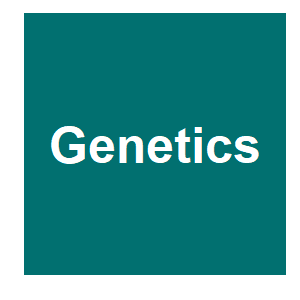Identification of fk-1;, a Meiotic Driver Undergoing RNA Editing in Neurospora

|
N. A. Rhoades, A. M. Harvey, D. A. Samarajeewa, J. Svedberg, A. Yusifov, A. Abusharekh, P. Manitchotpisit, D. W. Brown, K. J. Sharp, D. G. Rehard, J. Peters, X. Ostolaza-Maldonado, J. Stephenson, P. K. T. Shiu, H. Johannesson and T. M. Hammond,
Genetics,
212:93.
2019.

Sk-2 is a meiotic drive element that was discovered in wild populations of Neurospora fungi over 40 years ago. While early studies quickly determined that Sk-2 transmits itself through sexual reproduction in a biased manner via spore killing, the genetic factors responsible for this phenomenon have remained mostly unknown. Here, we identify and characterize rfk-1, a gene required for Sk-2-based spore killing. The rfk-1 gene contains four exons, three introns, and two stop codons, the first of which undergoes RNA editing to a tryptophan codon during sexual development. Translation of an unedited rfk-1 transcript in vegetative tissue is expected to produce a 102-amino acid protein, whereas translation of an edited rfk-1 transcript in sexual tissue is expected to produce a protein with 130 amino acids. These findings indicate that unedited and edited rfk-1 transcripts exist and that these transcripts could have different roles with respect to the mechanism of meiotic drive by spore killing. Regardless of RNA editing, spore killing only succeeds if rfk-1 transcripts avoid silencing caused by a genome defense process called meiotic silencing by unpaired DNA (MSUD). We show that rfk-1’s MSUD avoidance mechanism is linked to the genomic landscape surrounding the rfk-1 gene, which is located near the Sk-2 border on the right arm of chromosome III. In addition to demonstrating that the location of rfk-1 is critical to spore-killing success, our results add to accumulating evidence that MSUD helps protect Neurospora genomes from complex meiotic drive elements. More related to this: Meiotic drive impacts expression and evolution of X-linked genes in stalk-eyed flies Meiotic drive in fungi: Chromosomal elements that cause fratricide and distort genetic ratios
|



